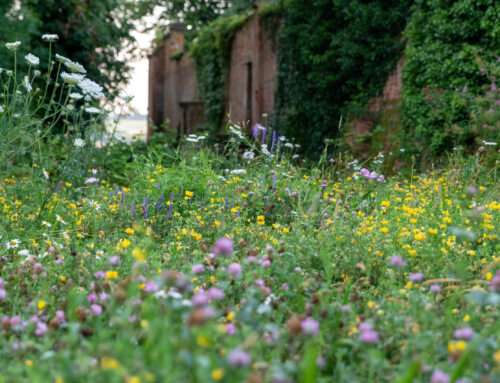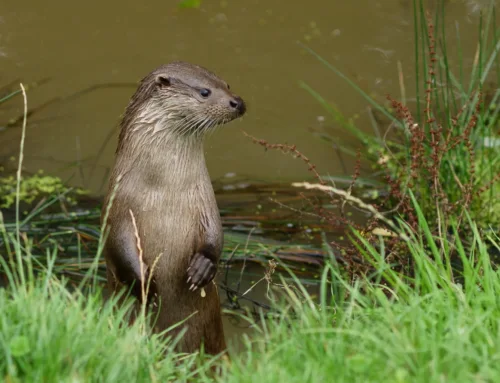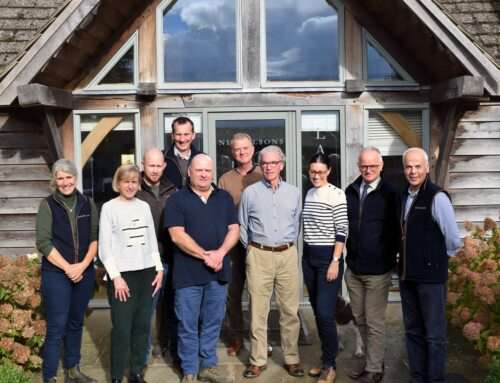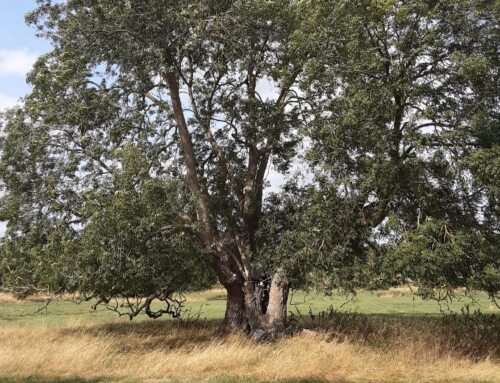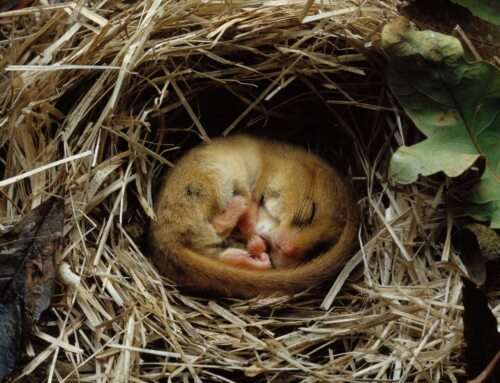Fact File: Badger
Article prepared by: Rachel Crapper
Scientific name: Meles meles
The European Badger, is an unmistakable species, with a black and white striped head, white tipped ears, a stocky grey body and a short, fluffy tail.
Night Walkers
Badgers are nocturnal mammals, emerging from their burrows called “setts” at dusk to feed, scent mark and groom each other. Before dawn they retreat back to their setts and sleep through the day.
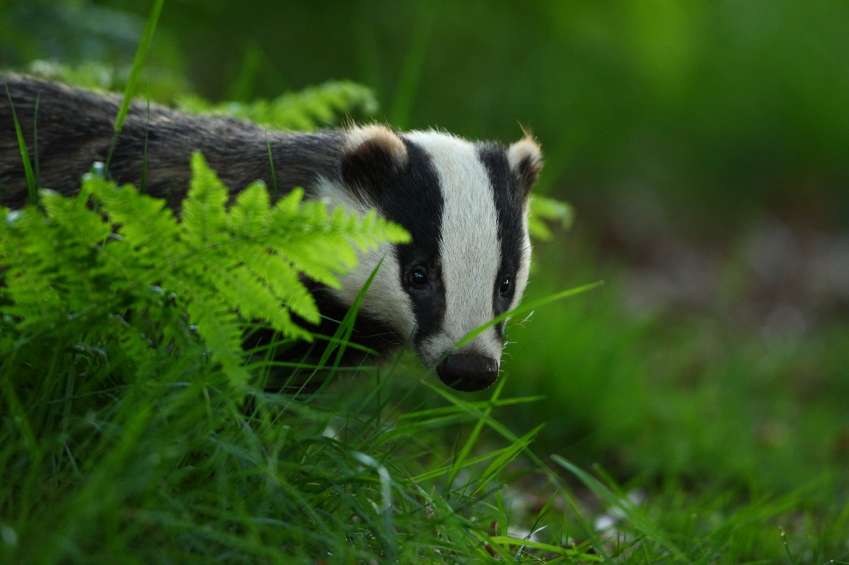
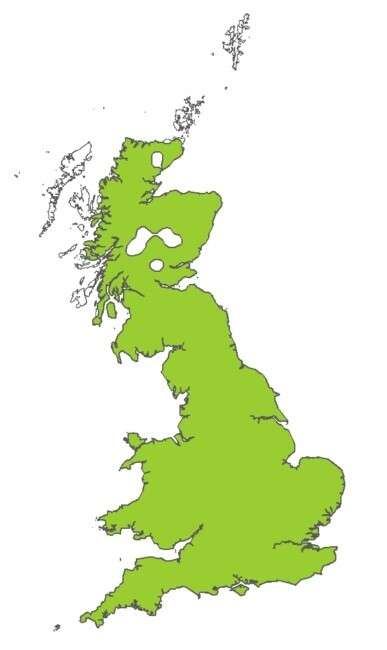
3Badger distribution in Britain
A Very Varied Diet
Badgers are omnivores and feed primarily on earthworms, caterpillars and moths. However, they also occasionally eat small mammals such as hedgehogs, young rabbits, voles, rats and mice! They can also be opportunistic in their feeding habits and won’t pass on the chance to eat frogs, fish, fungi, roots and bulbs that they find along the way.
Distribution and Protection
Badgers are common and widespread throughout Britain. Badgers are often subject to unlawful culling, as cows and badgers can pass bovine tuberculosis to each other.
However, some evidence is showing that culling is an ineffective method of control; that considering stronger biosecurity practices and the vaccination of cattle and badgers is the most effective prevention of this disease1. To combat this, The Badger Trust has set up a vaccination program for this very reason. If you want to find out more, and help by donating to this charity please see here2
Notorious diggers
Badgers have very long claws, which make them brilliant diggers. – The name “badger” comes from the French word “becheur” which means “digger”. Staying true to their name, badgers create distinct underground systems of various tunnels and chambers called setts (shown in the diagram below4); which can extend from 20 to over 100 meters, with some of the larger setts having over 50 entrances! Having such good digging skills, allows badgers to greatly affect the topography of the area, which can help maintain and regenerate soil health.
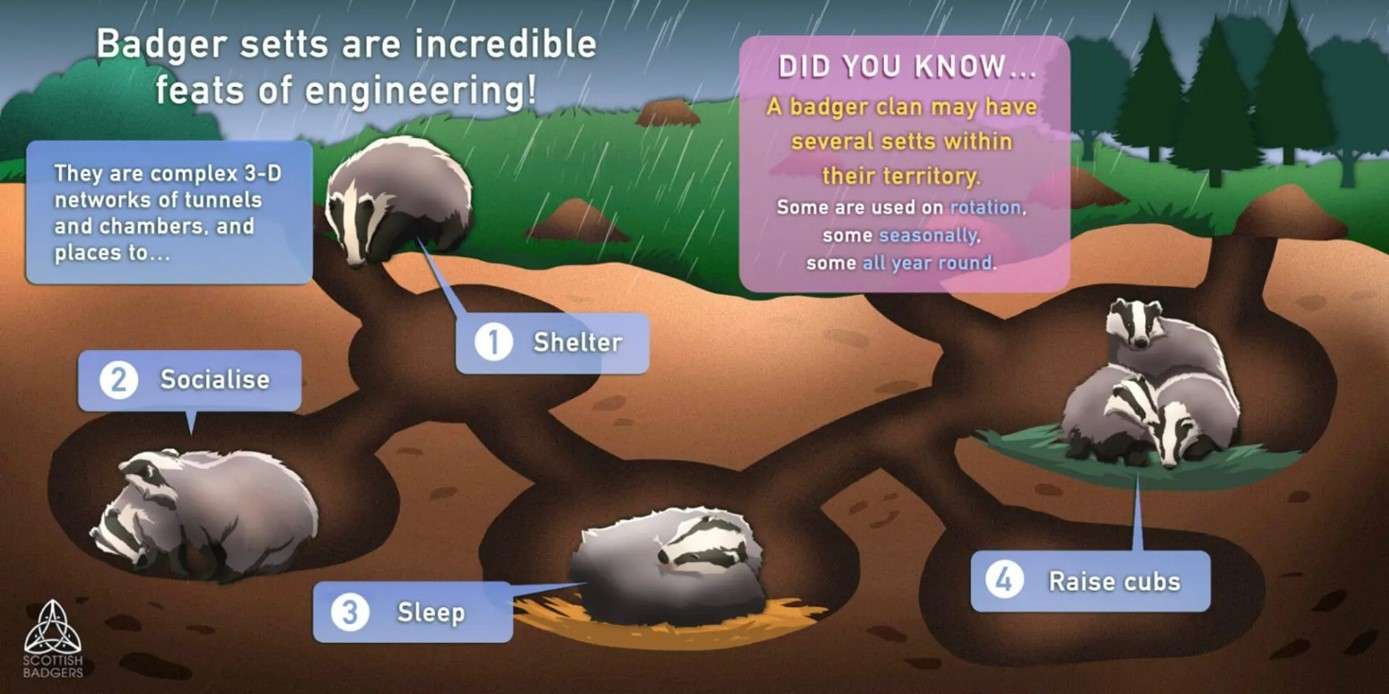
Reproduction
Badgers can mate at any time of the year; however, they have an unusual reproductive technique called “delayed implantation” meaning most births are delayed until February time. Badgers only have one litter of one to five pups per year. The cubs will be born in one of the setts chambers, and emerge above ground when they are 8-12 weeks old.
To see badger cubs emerging from their setts, follow the link here. This video has been posted by The Badger Trust5.
Survey season
Badger surveys can be carried out at any time of the year. However, early spring and winter are the preferred months, as there will be less vegetation present which makes setts easier to identify. Badgers are protected under The Protection of Badgers Act (1992).
If you suspect badgers may be on your property and have any plans for development, please email our ecology department at contact@nicholsonsgb.com or alternatively by phone, Northamptonshire 01536 408840 / Oxfordshire 01869 340342.
References
1 The Badger Trust. (2022). Can the Cull. [Online]. The Badger Trust. Last Updated: 2022. Available at: https://www.badgertrust.org.uk/cull [Accessed 3 July 2023].
2 The Berkshire, Buckinghamshire and Oxfordshire Wildlife Trust. (2023). Badger Vaccination Project. [Online]. BBOWT. Last Updated: 2023. Available at: https://www.bbowt.org.uk/wildlife/wildlife-conservation/badger-vaccination-project [Accessed 30 June 2023].
3 The Mammal Society. (2018). Species – Badger. [Online]. The Mammal Society. Last Updated: 2018. Available at: https://www.mammal.org.uk/species-hub/full-species-hub/discover-mammals/species-badger/ [Accessed 30 June 2023].
4 Scottish Badgers. (2021). 6 – Setts. [Online]. Scottish Badgers. Last Updated: 2021. Available at: https://www.scottishbadgers.org.uk/infographics/6-setts-2/ [Accessed 29 June 2023].
5 The Badger Trust. (2023). The fascinating lives of badgers. [Online]. The Badger Trust. Available at: https://www.badgertrust.org.uk/badgers [Accessed 29 June 2023].
